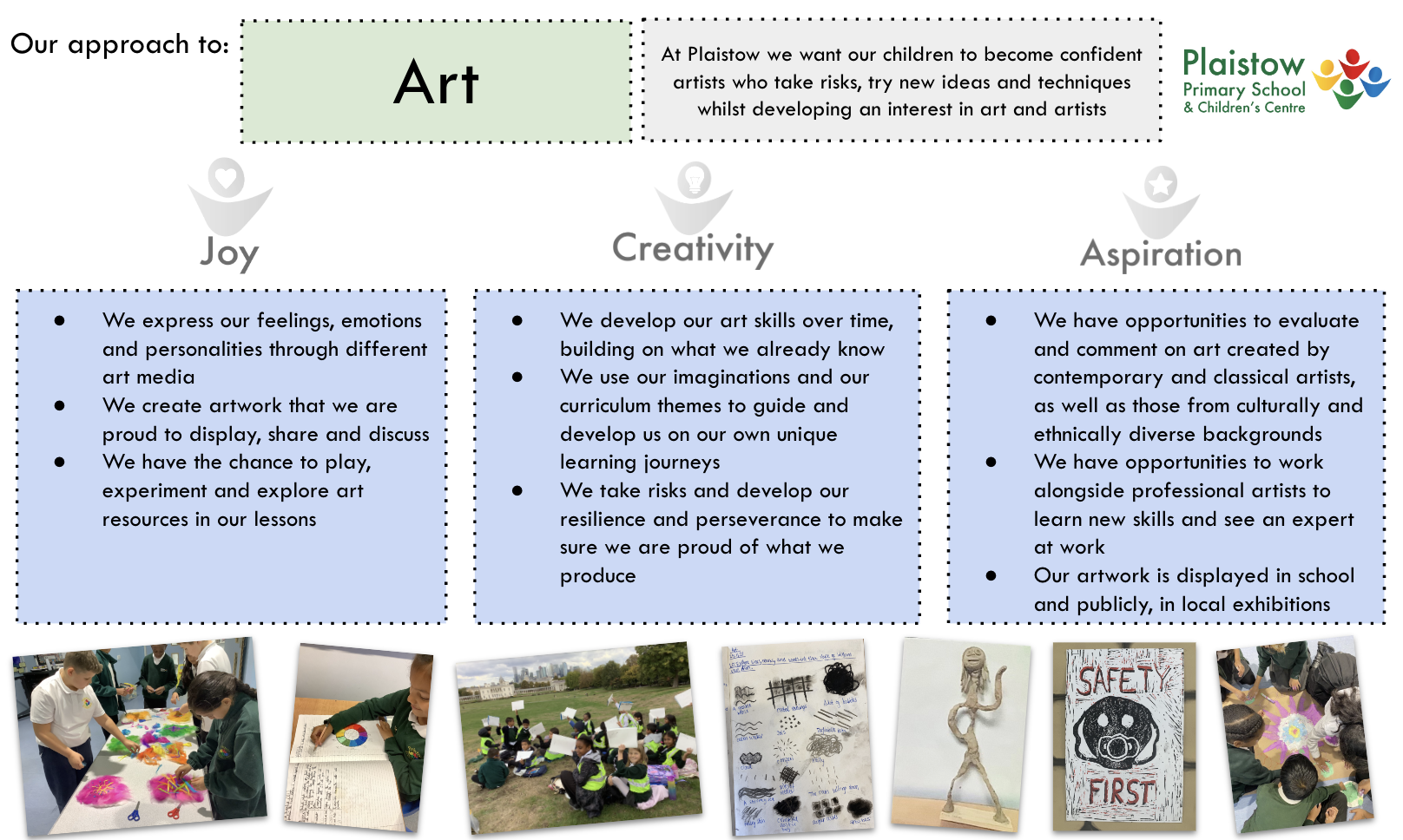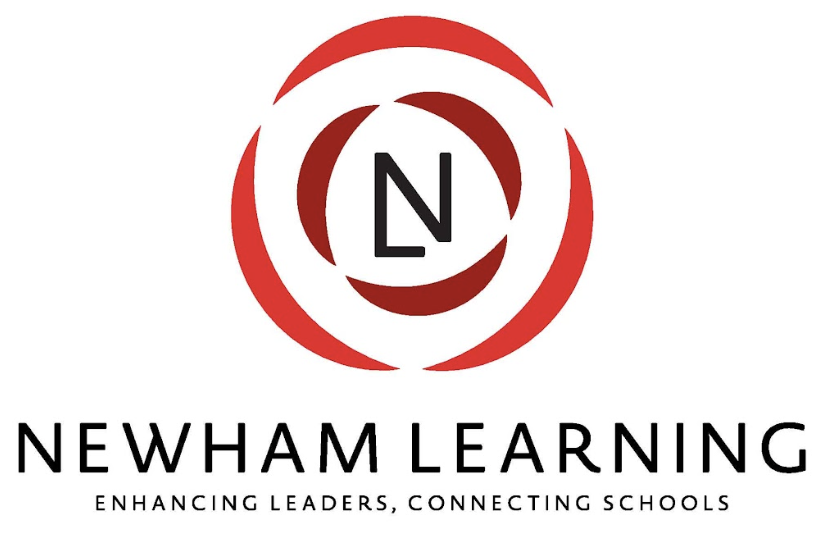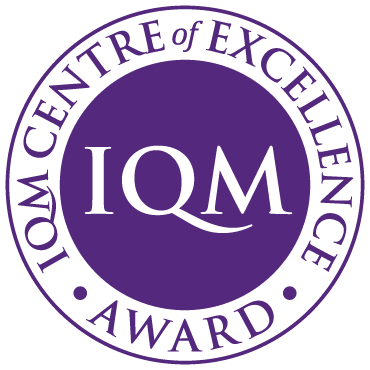Art
At Plaistow, we know that Art embodies some of the highest forms of human creativity and we aspire to develop a passion for the subject within pupils that they carry with them throughout their lives.

We believe that every child is born with great creative potential that should be nurtured with encouragement to explore a wide range of approaches to making art and being creative, being inspired to make and create their own work that they are proud to display and discuss.
In Key Stage One pupils will be taught:
- to use a variety of resources artistically to design and create products
- to use drawing, painting and sculpture to expand and share their ideas, experiences and imagination
- to develop a broad variety of art techniques in using colour, pattern, texture, line, shape, form and space
- about the work of an assortment of artists, craft makers and designers, describing the differences and similarities between diverse practices and disciplines while making links to their own work.
In Key Stage Two Pupils will be taught:
- to expand their techniques, including their control and their use of materials, with creativity, experimentation and an increasing awareness of different kinds of art, craft and design.
- to generate sketch books to record their observations and use them to re-evaluate and revisit ideas
- to progress in their mastery of art and design skills, including drawing, painting and sculpture with a range of materials [for example, pencil, charcoal, paint, clay]
- about famous artists, architects and designers in history.
Plaistow Primary School Progression in Art
Our subject progressions are bespoke to Plaistow.





